Introduction 1. Countries in the world Content


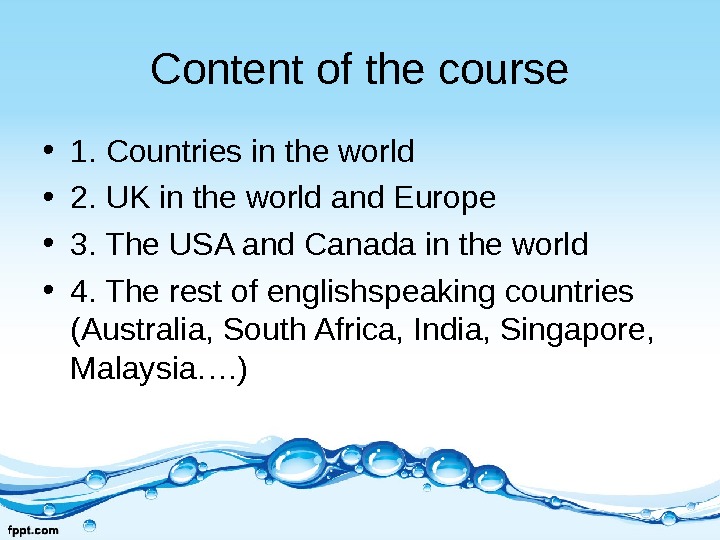
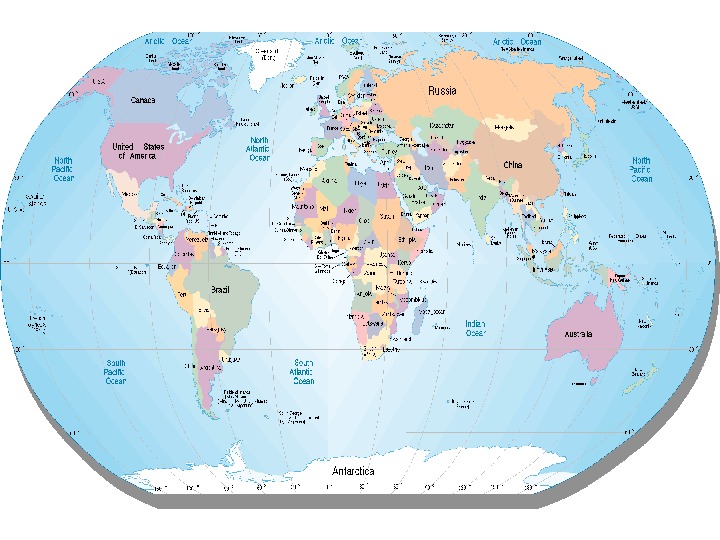





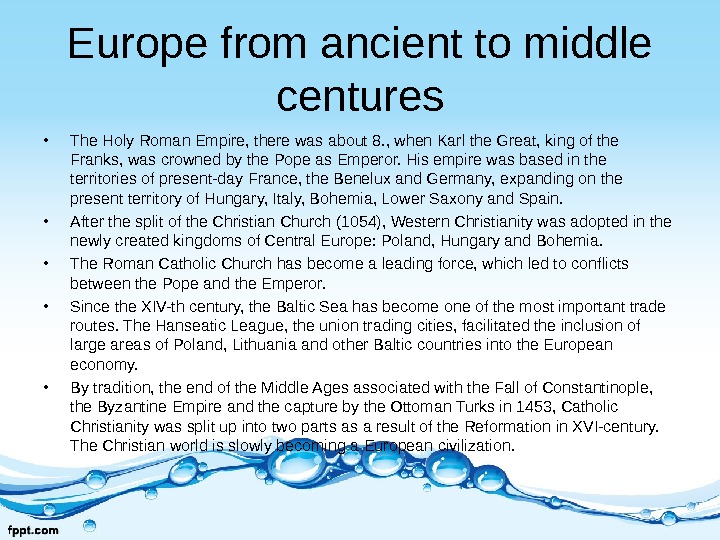
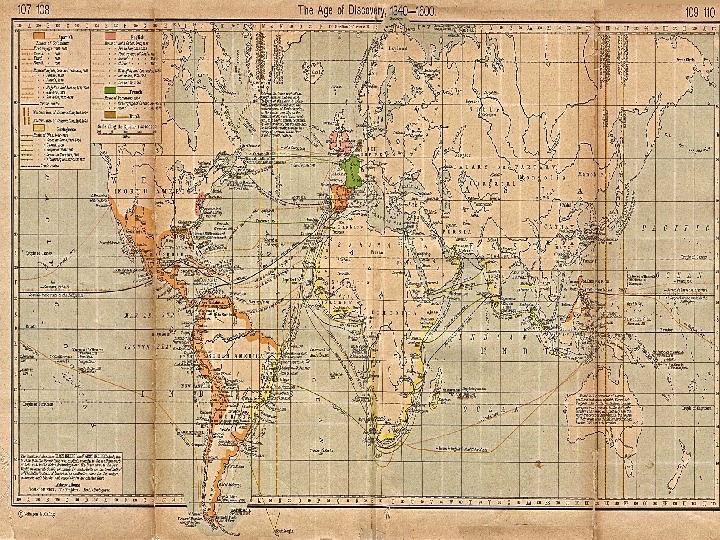
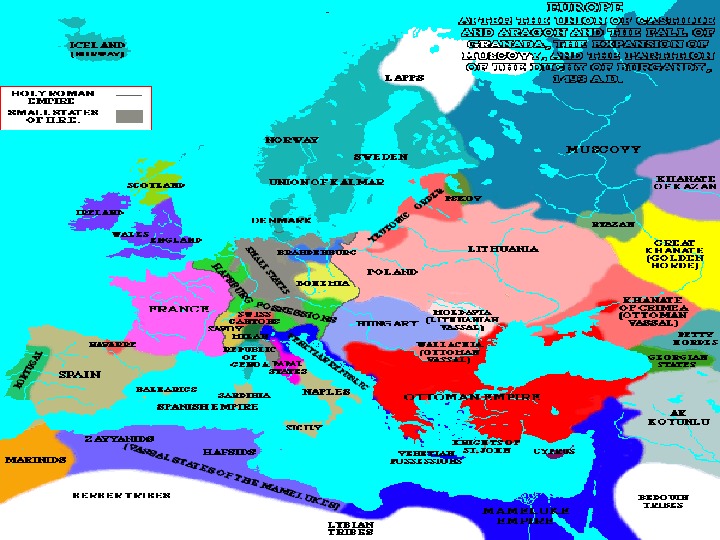
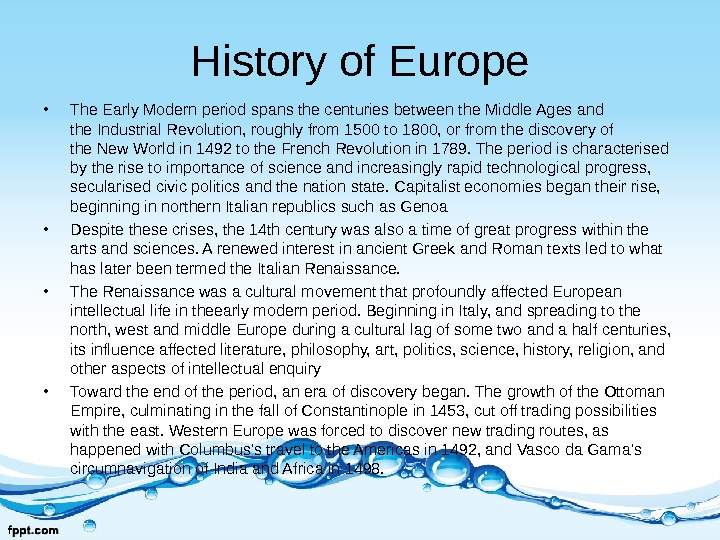
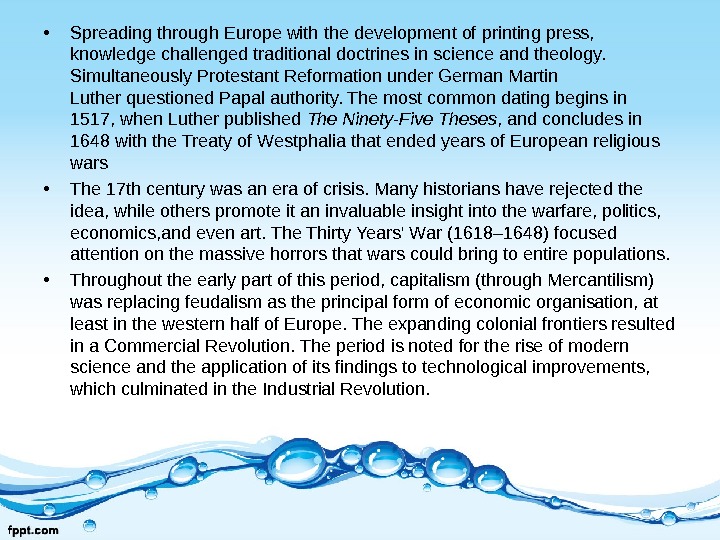
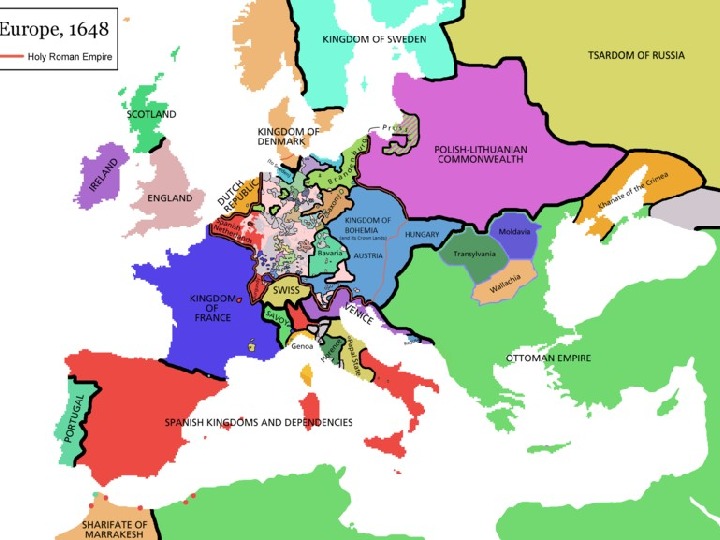
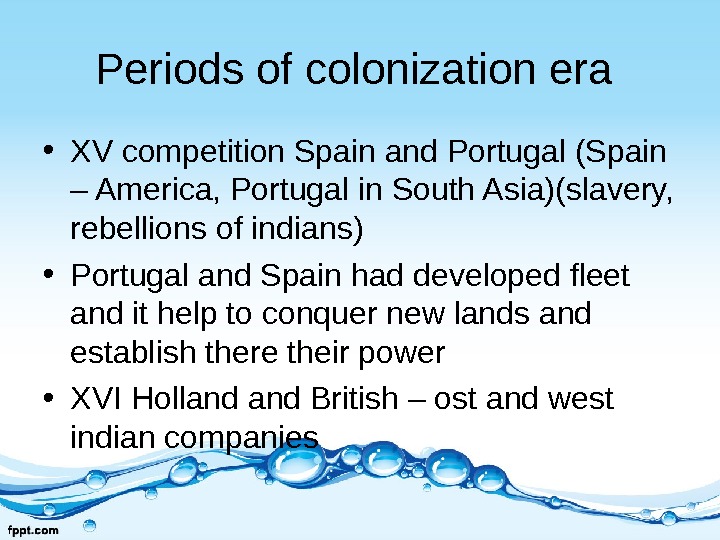
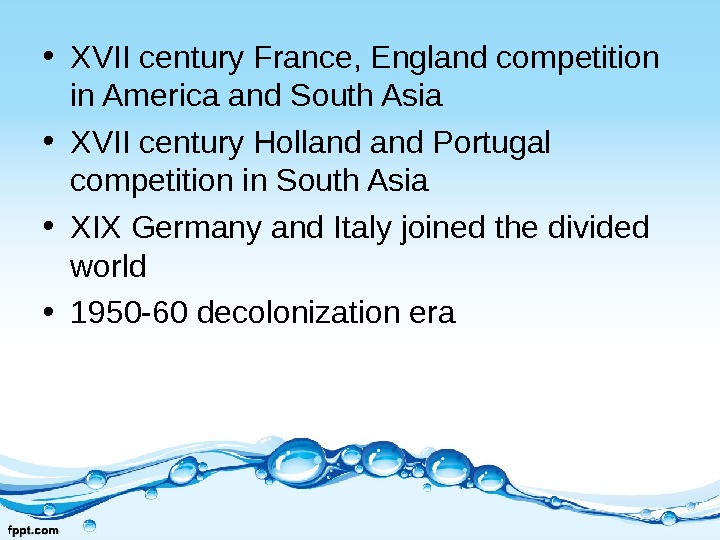

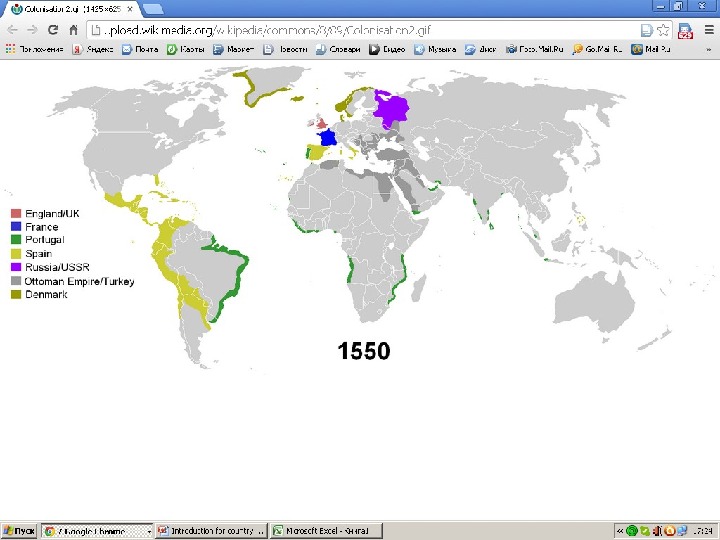
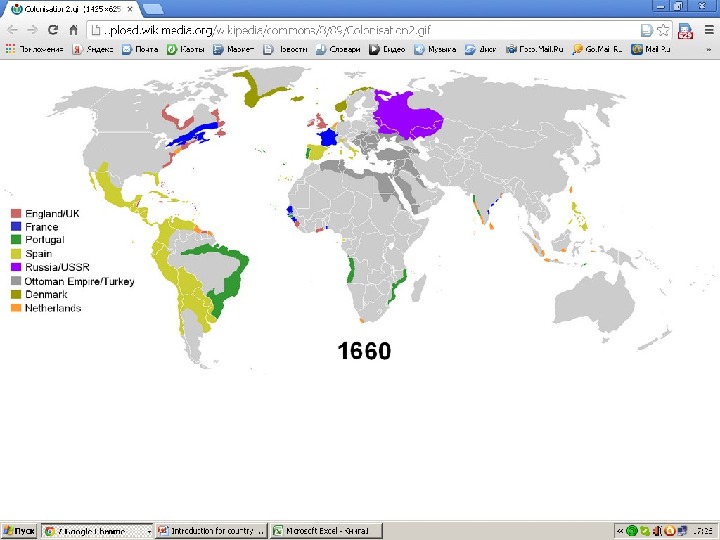

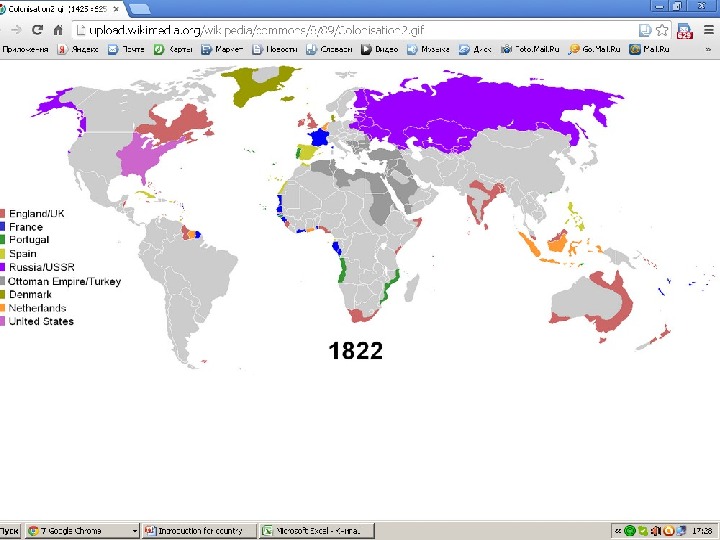
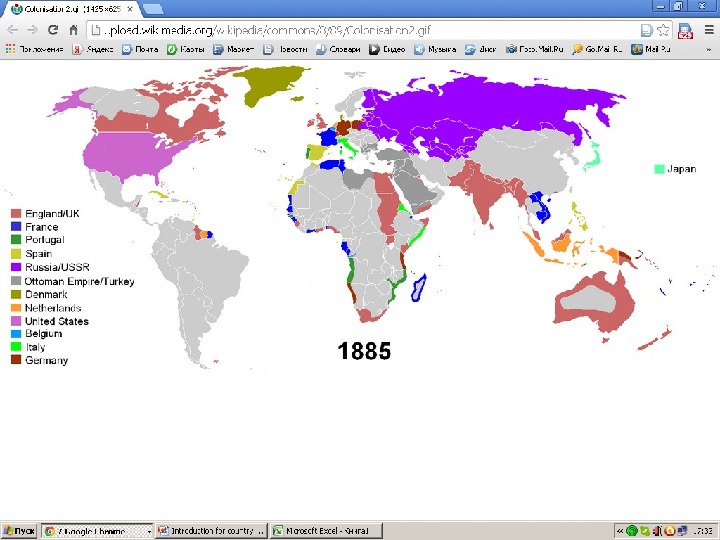
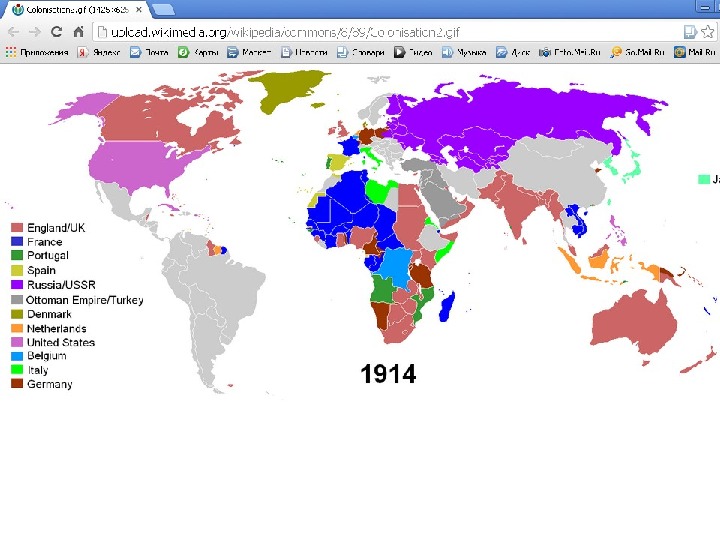
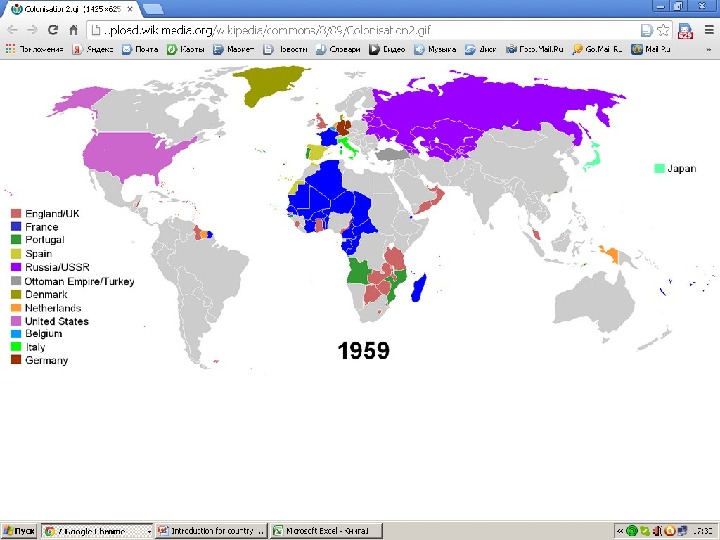
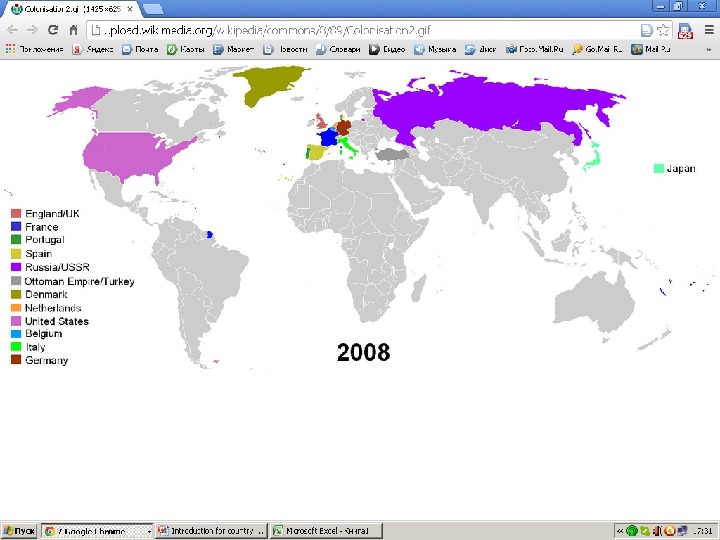
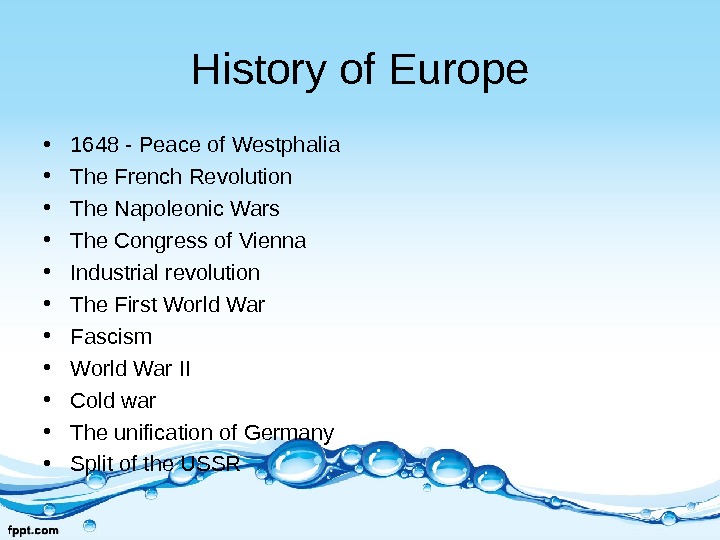
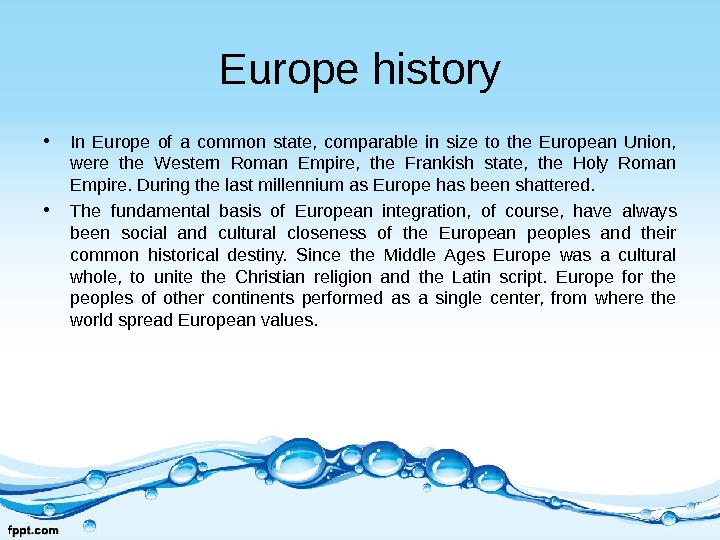

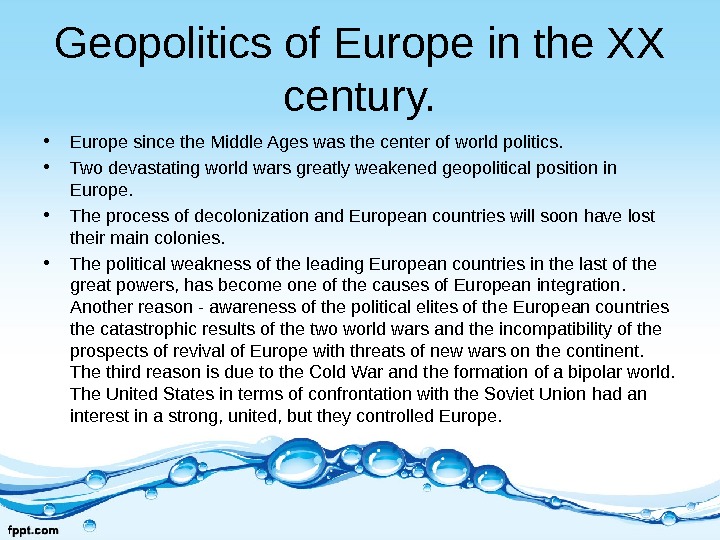
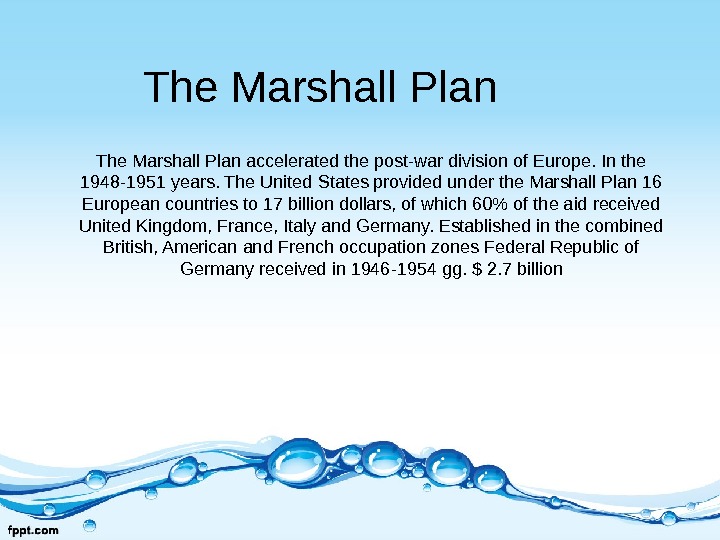
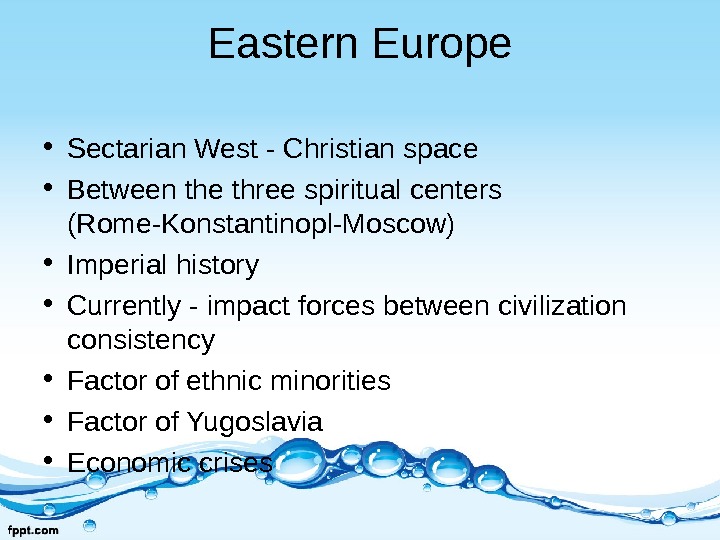
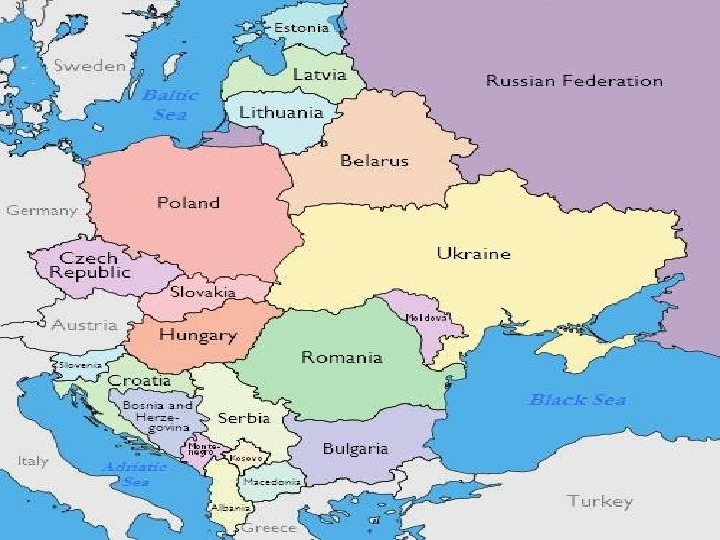
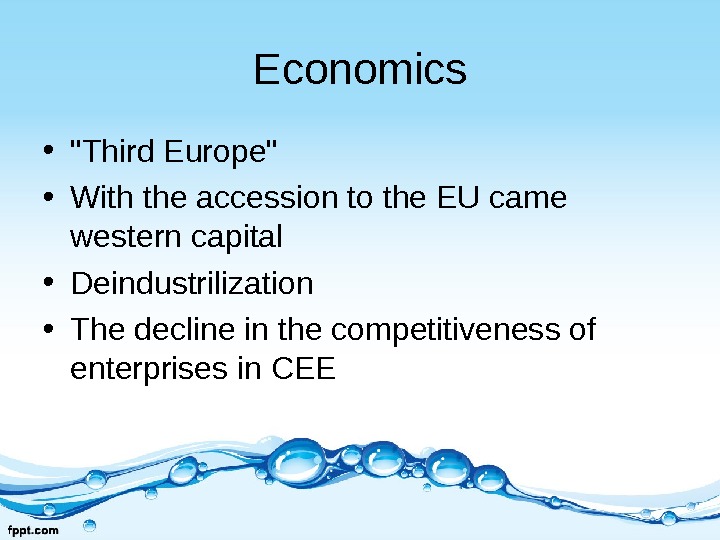

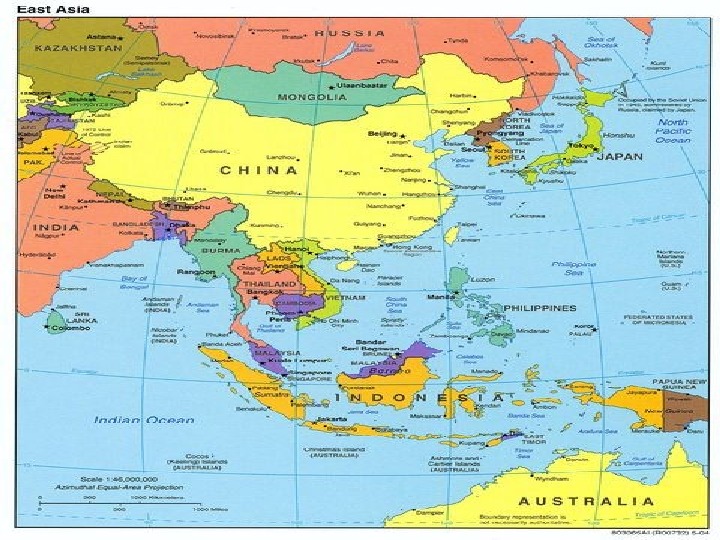
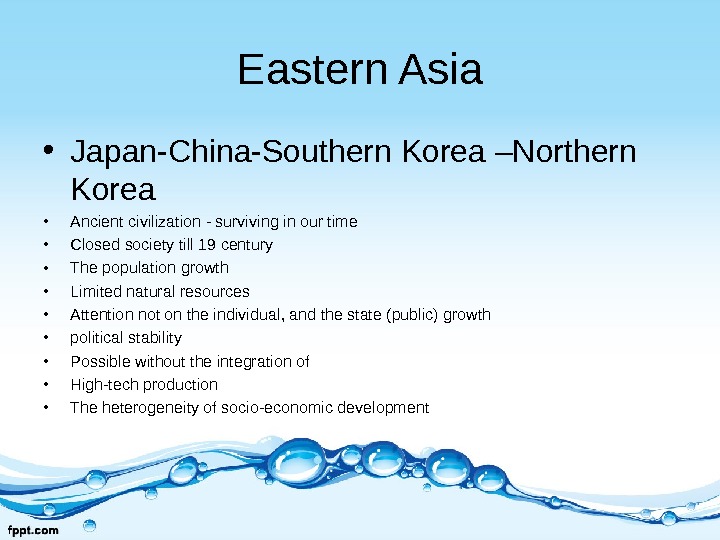
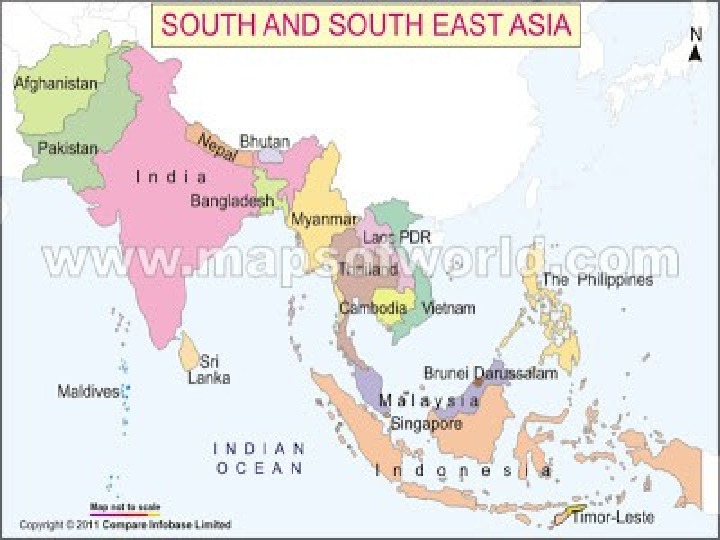
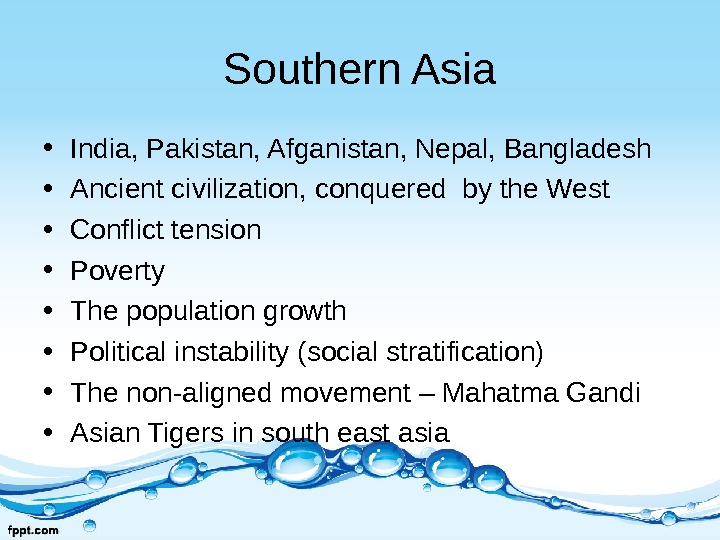
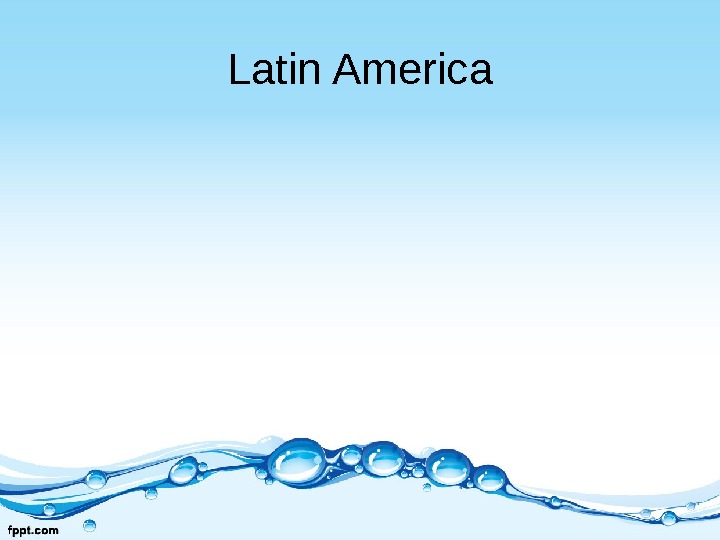
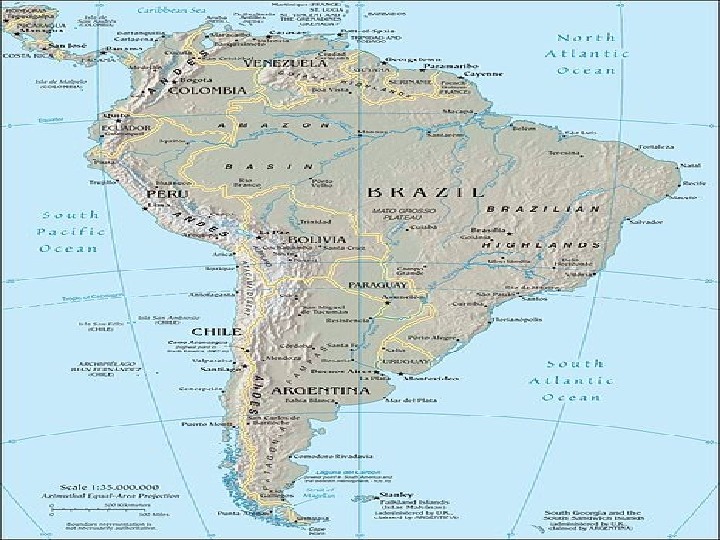
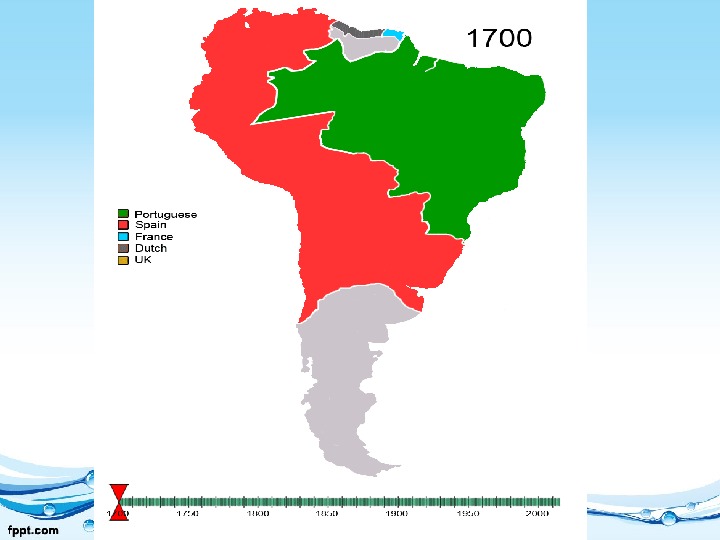
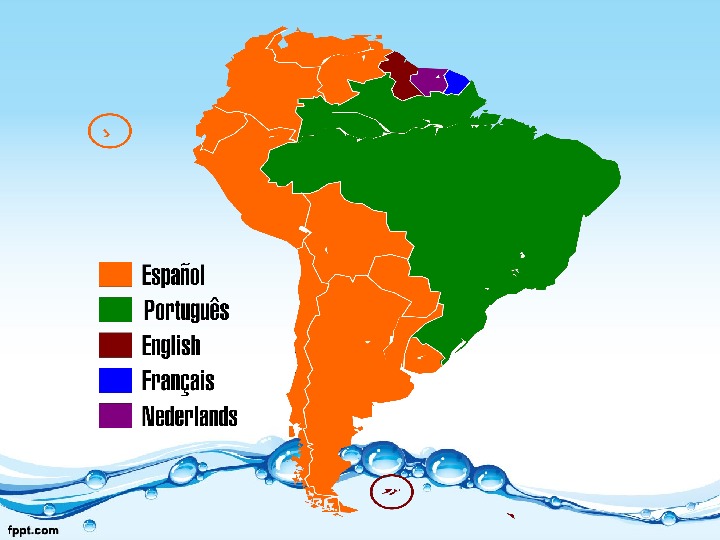
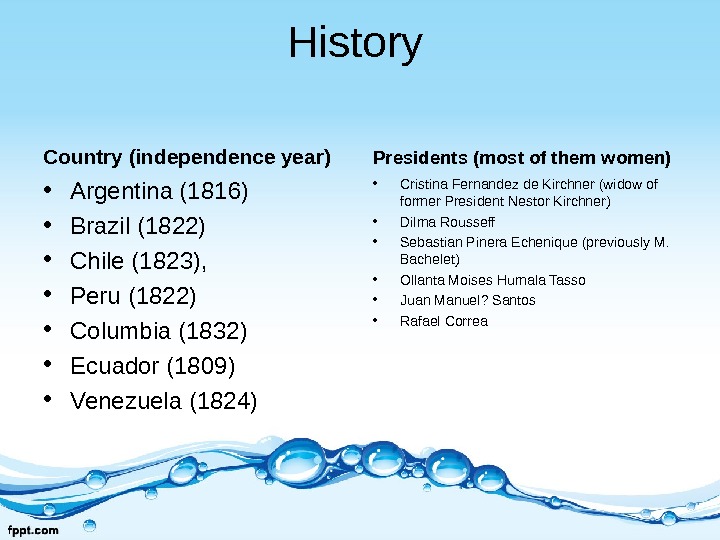

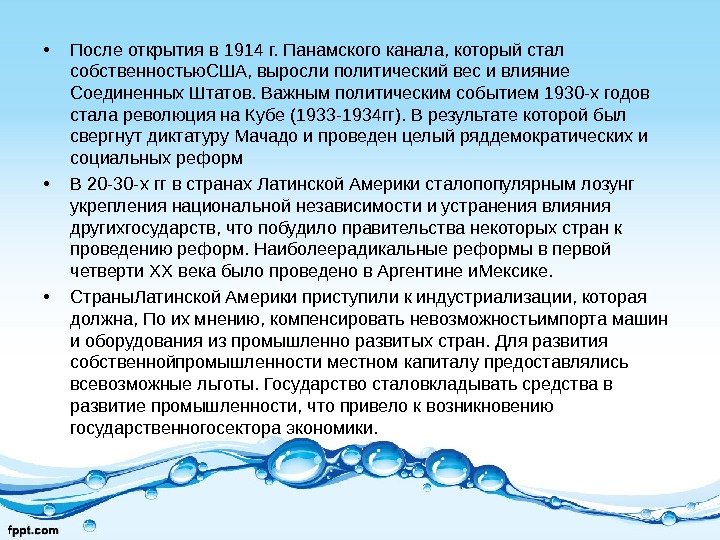
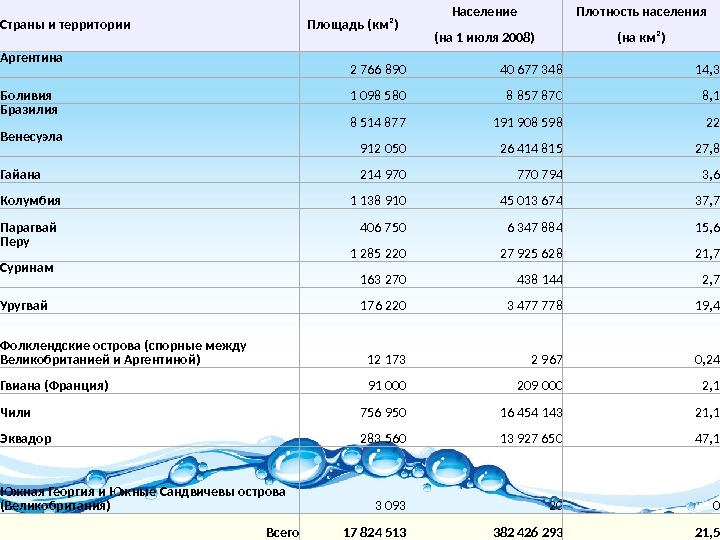
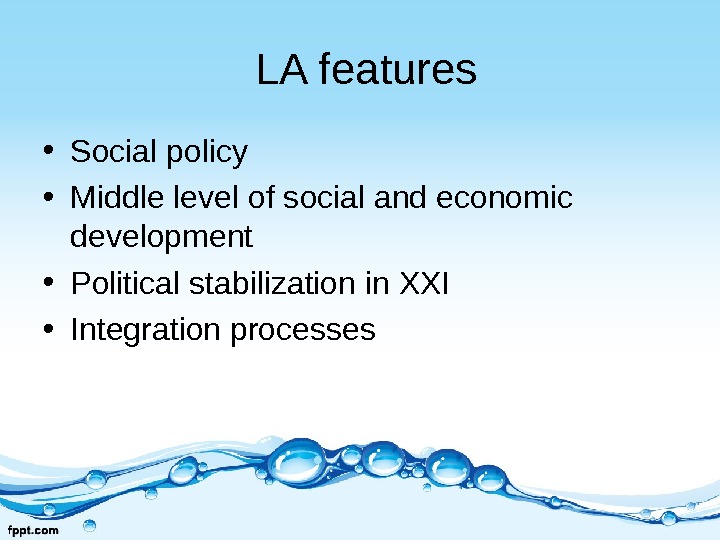
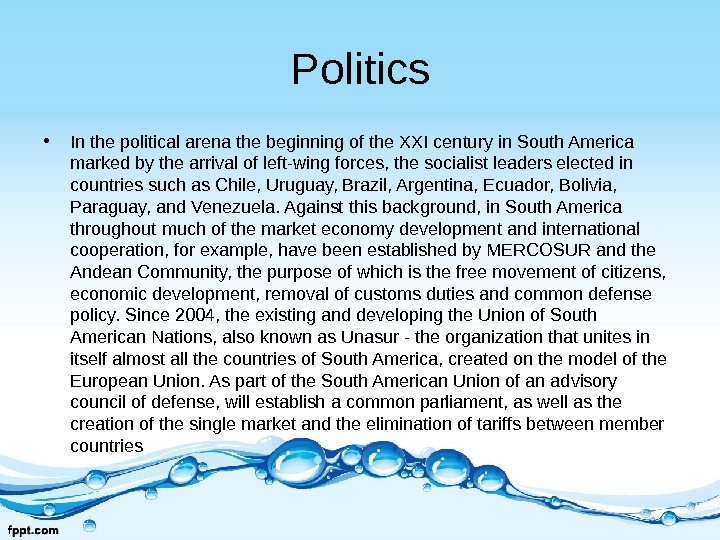
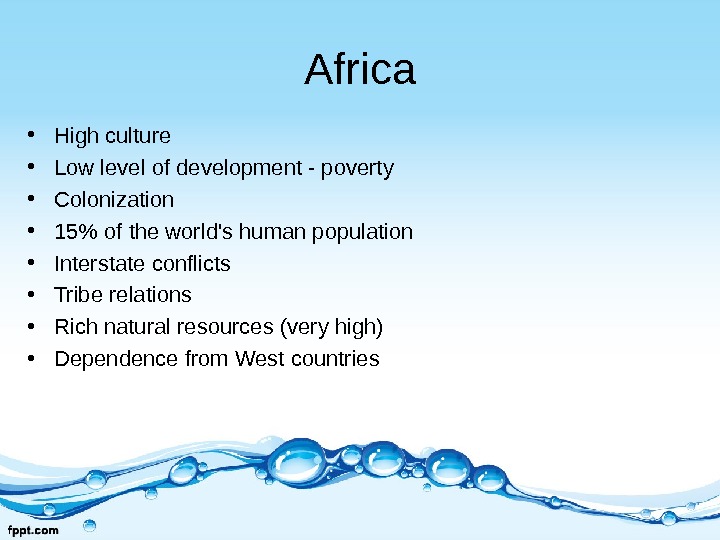
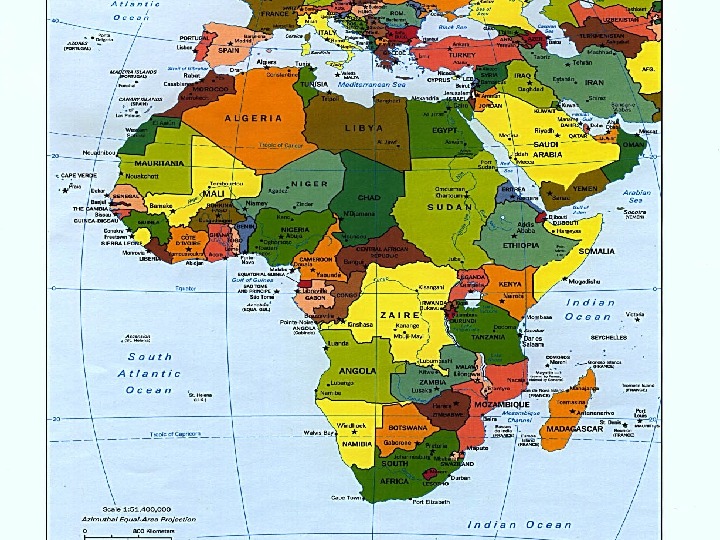

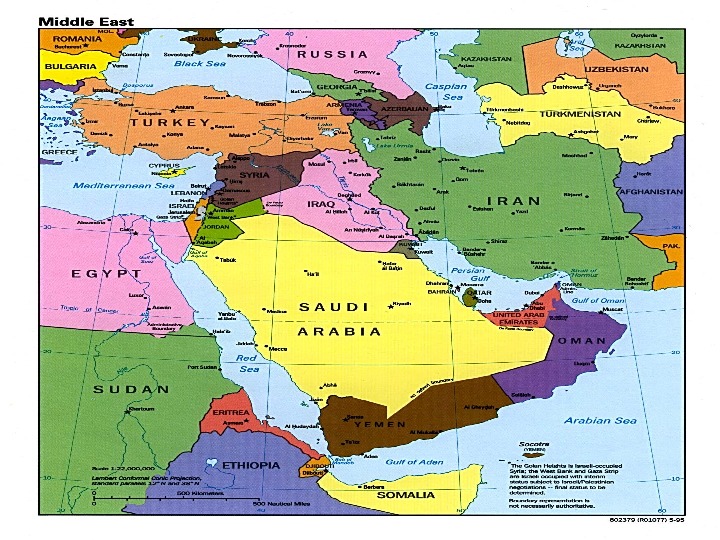
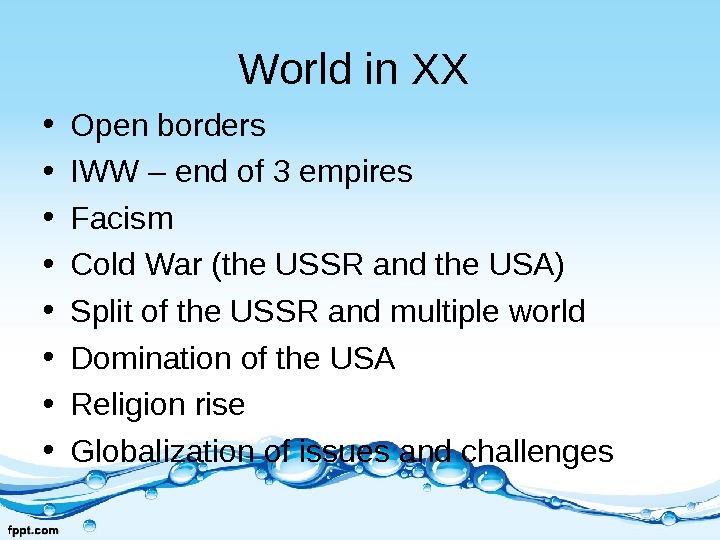
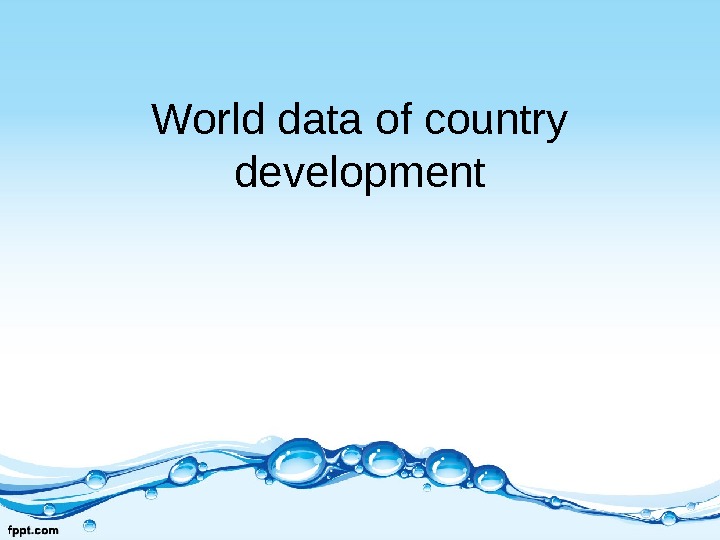
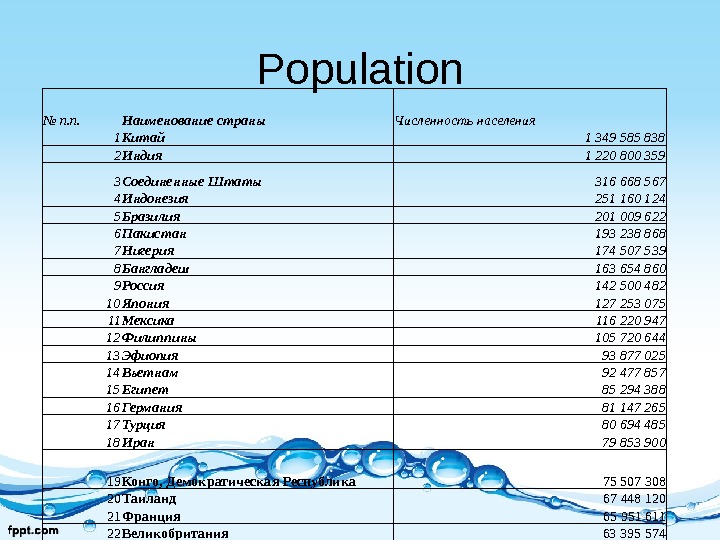
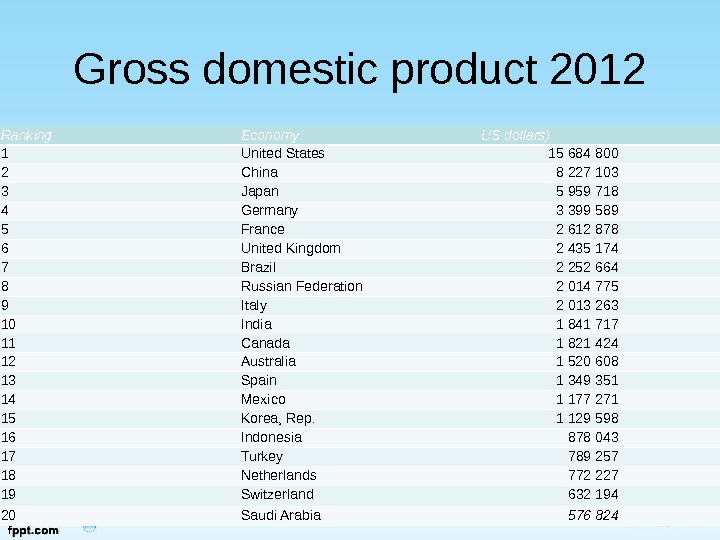
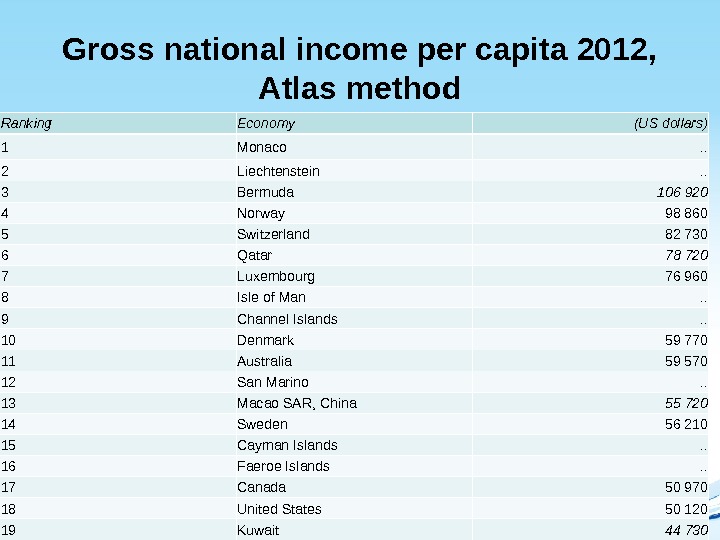
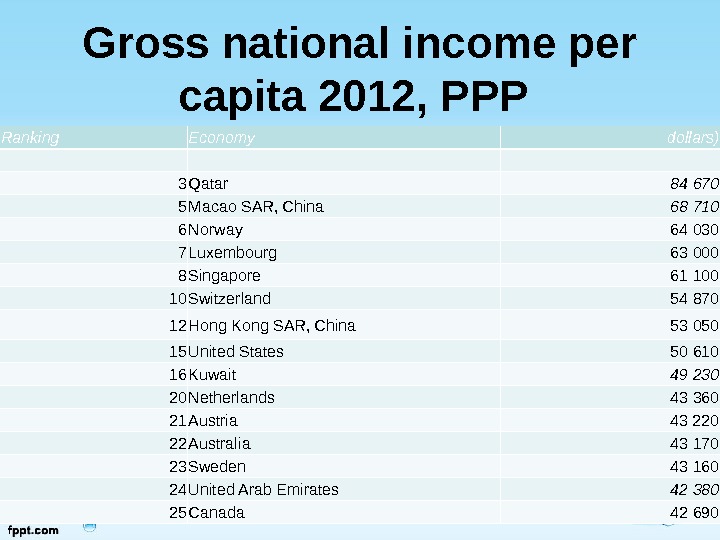
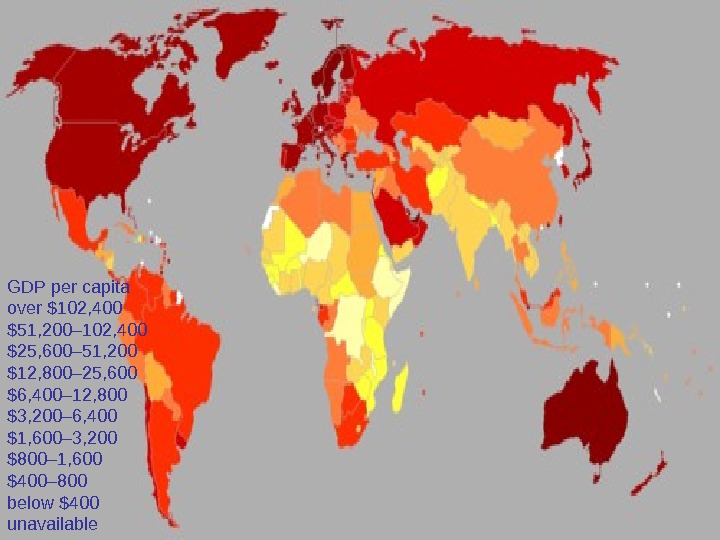
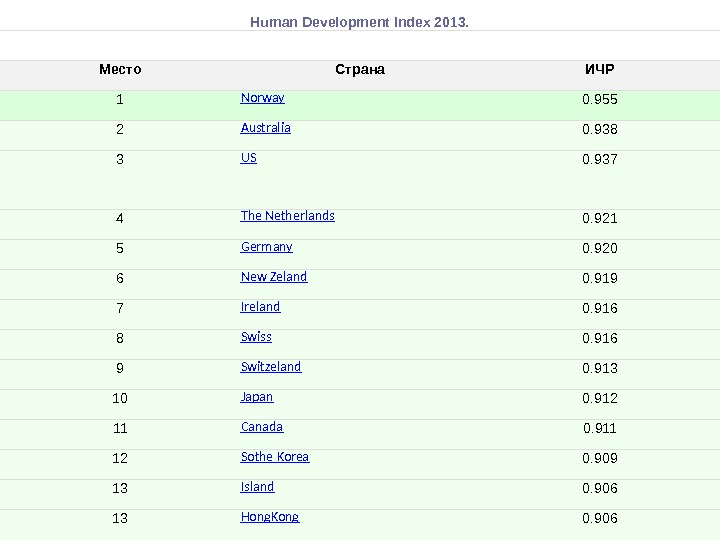
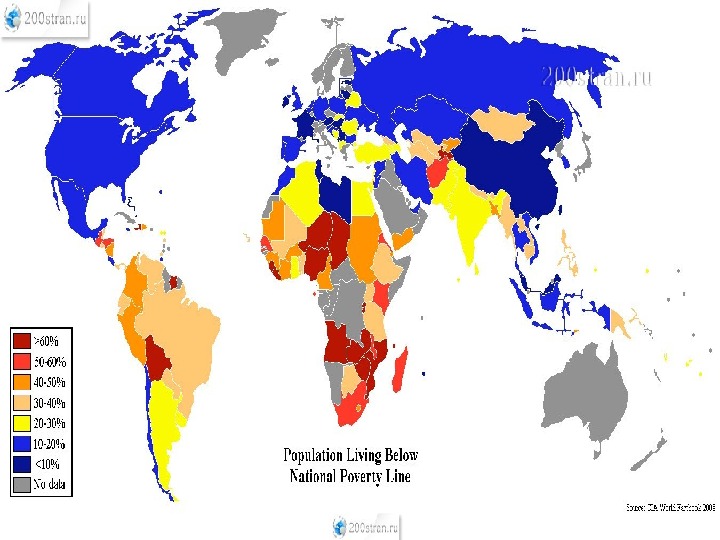
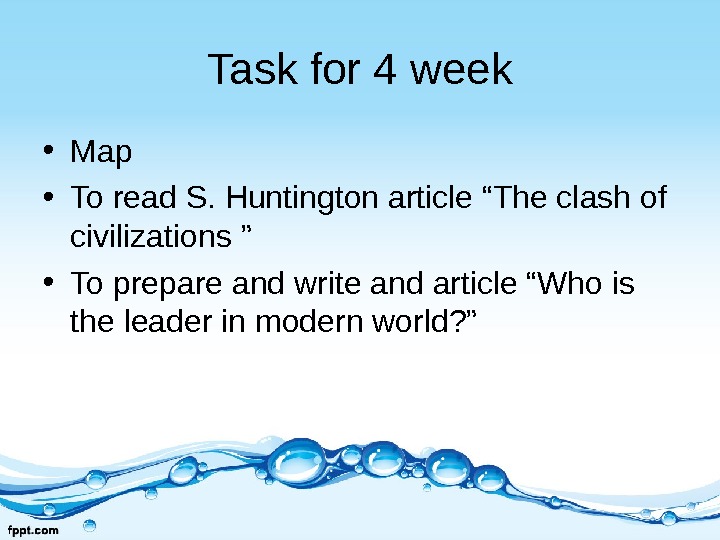

introduction_for_country_study.ppt
- Размер: 5.5 Mегабайта
- Количество слайдов: 63
Описание презентации Introduction 1. Countries in the world Content по слайдам
 Introduction 1. Countries in the world
Introduction 1. Countries in the world
 Content of the course • 1. Countries in the world • 2. UK in the world and Europe • 3. The USA and Canada in the world • 4. The rest of englishspeaking countries (Australia, South Africa, India, Singapore, Malaysia…. )
Content of the course • 1. Countries in the world • 2. UK in the world and Europe • 3. The USA and Canada in the world • 4. The rest of englishspeaking countries (Australia, South Africa, India, Singapore, Malaysia…. )

 Countries • 193 country in the UN • 258 countries in the world • There a big difference in countries development (economy, social development, culture)
Countries • 193 country in the UN • 258 countries in the world • There a big difference in countries development (economy, social development, culture)
 State • Ancient institution (Rome, Greece), with its rule of law, citizenship rights and broad economic and social responsibilities • Sovereign territory • Authority
State • Ancient institution (Rome, Greece), with its rule of law, citizenship rights and broad economic and social responsibilities • Sovereign territory • Authority
 Nation • Is a large group of people with its strong bond of identity • Shared culture, religion, history, language and ethnicity
Nation • Is a large group of people with its strong bond of identity • Shared culture, religion, history, language and ethnicity
 Regions • Western Europe • Eastern Europe • Northern America • Latin America • Southern Asia • Eastern Asia — Southern – Eastern Asia • Middle East • Africa
Regions • Western Europe • Eastern Europe • Northern America • Latin America • Southern Asia • Eastern Asia — Southern – Eastern Asia • Middle East • Africa
 Western Europe • Ancient civilizations • Wars • Number of countries: 50 states • Population 738 mln. • Core countries: Germany, UK, France • Southern Europe • Economic crises • EU integration — future and perspective
Western Europe • Ancient civilizations • Wars • Number of countries: 50 states • Population 738 mln. • Core countries: Germany, UK, France • Southern Europe • Economic crises • EU integration — future and perspective
 Europe from ancient to middle centures • The Holy Roman Empire, there was about 8. , when Karl the Great, king of the Franks, was crowned by the Pope as Emperor. His empire was based in the territories of present-day France, the Benelux and Germany, expanding on the present territory of Hungary, Italy, Bohemia, Lower Saxony and Spain. • After the split of the Christian Church (1054), Western Christianity was adopted in the newly created kingdoms of Central Europe: Poland, Hungary and Bohemia. • The Roman Catholic Church has become a leading force, which led to conflicts between the Pope and the Emperor. • Since the XIV-th century, the Baltic Sea has become one of the most important trade routes. The Hanseatic League, the union trading cities, facilitated the inclusion of large areas of Poland, Lithuania and other Baltic countries into the European economy. • By tradition, the end of the Middle Ages associated with the Fall of Constantinople, the Byzantine Empire and the capture by the Ottoman Turks in 1453, Catholic Christianity was split up into two parts as a result of the Reformation in XVI-century. The Christian world is slowly becoming a European civilization.
Europe from ancient to middle centures • The Holy Roman Empire, there was about 8. , when Karl the Great, king of the Franks, was crowned by the Pope as Emperor. His empire was based in the territories of present-day France, the Benelux and Germany, expanding on the present territory of Hungary, Italy, Bohemia, Lower Saxony and Spain. • After the split of the Christian Church (1054), Western Christianity was adopted in the newly created kingdoms of Central Europe: Poland, Hungary and Bohemia. • The Roman Catholic Church has become a leading force, which led to conflicts between the Pope and the Emperor. • Since the XIV-th century, the Baltic Sea has become one of the most important trade routes. The Hanseatic League, the union trading cities, facilitated the inclusion of large areas of Poland, Lithuania and other Baltic countries into the European economy. • By tradition, the end of the Middle Ages associated with the Fall of Constantinople, the Byzantine Empire and the capture by the Ottoman Turks in 1453, Catholic Christianity was split up into two parts as a result of the Reformation in XVI-century. The Christian world is slowly becoming a European civilization.


 History of Europe • The Early Modern period spans the centuries between the Middle Ages and the Industrial Revolution, roughly from 1500 to 1800, or from the discovery of the New World in 1492 to the French Revolution in 1789. The period is characterised by the rise to importance of science and increasingly rapid technological progress, secularised civic politics and the nation state. Capitalist economies began their rise, beginning in northern Italian republics such as Genoa • Despite these crises, the 14 th century was also a time of great progress within the arts and sciences. A renewed interest in ancient Greek and Roman texts led to what has later been termed the Italian Renaissance. • The Renaissance was a cultural movement that profoundly affected European intellectual life in theearly modern period. Beginning in Italy, and spreading to the north, west and middle Europe during a cultural lag of some two and a half centuries, its influence affected literature, philosophy, art, politics, science, history, religion, and other aspects of intellectual enquiry • Toward the end of the period, an era of discovery began. The growth of the Ottoman Empire, culminating in the fall of Constantinople in 1453, cut off trading possibilities with the east. Western Europe was forced to discover new trading routes, as happened with Columbus’s travel to the Americas in 1492, and Vasco da Gama’s circumnavigation of India and Africa in 1498.
History of Europe • The Early Modern period spans the centuries between the Middle Ages and the Industrial Revolution, roughly from 1500 to 1800, or from the discovery of the New World in 1492 to the French Revolution in 1789. The period is characterised by the rise to importance of science and increasingly rapid technological progress, secularised civic politics and the nation state. Capitalist economies began their rise, beginning in northern Italian republics such as Genoa • Despite these crises, the 14 th century was also a time of great progress within the arts and sciences. A renewed interest in ancient Greek and Roman texts led to what has later been termed the Italian Renaissance. • The Renaissance was a cultural movement that profoundly affected European intellectual life in theearly modern period. Beginning in Italy, and spreading to the north, west and middle Europe during a cultural lag of some two and a half centuries, its influence affected literature, philosophy, art, politics, science, history, religion, and other aspects of intellectual enquiry • Toward the end of the period, an era of discovery began. The growth of the Ottoman Empire, culminating in the fall of Constantinople in 1453, cut off trading possibilities with the east. Western Europe was forced to discover new trading routes, as happened with Columbus’s travel to the Americas in 1492, and Vasco da Gama’s circumnavigation of India and Africa in 1498.
 • Spreading through Europe with the development of printing press, knowledge challenged traditional doctrines in science and theology. Simultaneously Protestant Reformation under German Martin Luther questioned Papal authority. The most common dating begins in 1517, when Luther published The Ninety-Five Theses , and concludes in 1648 with the Treaty of Westphalia that ended years of European religious wars • The 17 th century was an era of crisis. Many historians have rejected the idea, while others promote it an invaluable insight into the warfare, politics, economics, and even art. The Thirty Years’ War (1618– 1648) focused attention on the massive horrors that wars could bring to entire populations. • Throughout the early part of this period, capitalism (through Mercantilism) was replacing feudalism as the principal form of economic organisation, at least in the western half of Europe. The expanding colonial frontiers resulted in a Commercial Revolution. The period is noted for the rise of modern science and the application of its findings to technological improvements, which culminated in the Industrial Revolution.
• Spreading through Europe with the development of printing press, knowledge challenged traditional doctrines in science and theology. Simultaneously Protestant Reformation under German Martin Luther questioned Papal authority. The most common dating begins in 1517, when Luther published The Ninety-Five Theses , and concludes in 1648 with the Treaty of Westphalia that ended years of European religious wars • The 17 th century was an era of crisis. Many historians have rejected the idea, while others promote it an invaluable insight into the warfare, politics, economics, and even art. The Thirty Years’ War (1618– 1648) focused attention on the massive horrors that wars could bring to entire populations. • Throughout the early part of this period, capitalism (through Mercantilism) was replacing feudalism as the principal form of economic organisation, at least in the western half of Europe. The expanding colonial frontiers resulted in a Commercial Revolution. The period is noted for the rise of modern science and the application of its findings to technological improvements, which culminated in the Industrial Revolution.

 Periods of colonization era • XV competition Spain and Portugal (Spain – America, Portugal in South Asia)(slavery, rebellions of indians) • Portugal and Spain had developed fleet and it help to conquer new lands and establish there their power • XVI Holland British – ost and west indian companies
Periods of colonization era • XV competition Spain and Portugal (Spain – America, Portugal in South Asia)(slavery, rebellions of indians) • Portugal and Spain had developed fleet and it help to conquer new lands and establish there their power • XVI Holland British – ost and west indian companies
 • XVII century France, England competition in America and South Asia • XVII century Holland Portugal competition in South Asia • XIX Germany and Italy joined the divided world • 1950 -60 decolonization era
• XVII century France, England competition in America and South Asia • XVII century Holland Portugal competition in South Asia • XIX Germany and Italy joined the divided world • 1950 -60 decolonization era
 Consequences of the colonization era • European countries with violent power suppressed people in colonies and took away all their products and sourses • Established their authorities and rules • Suppressed native culture, tradition and language (except India) • Nowadays still we can see the consequences of their violence
Consequences of the colonization era • European countries with violent power suppressed people in colonies and took away all their products and sourses • Established their authorities and rules • Suppressed native culture, tradition and language (except India) • Nowadays still we can see the consequences of their violence








 History of Europe • 1648 — Peace of Westphalia • The French Revolution • The Napoleonic Wars • The Congress of Vienna • Industrial revolution • The First World War • Fascism • World War II • Cold war • The unification of Germany • Split of the USSR
History of Europe • 1648 — Peace of Westphalia • The French Revolution • The Napoleonic Wars • The Congress of Vienna • Industrial revolution • The First World War • Fascism • World War II • Cold war • The unification of Germany • Split of the USSR
 Europe history • In Europe of a common state, comparable in size to the European Union, were the Western Roman Empire, the Frankish state, the Holy Roman Empire. During the last millennium as Europe has been shattered. • The fundamental basis of European integration, of course, have always been social and cultural closeness of the European peoples and their common historical destiny. Since the Middle Ages Europe was a cultural whole, to unite the Christian religion and the Latin script. Europe for the peoples of other continents performed as a single center, from where the world spread European values .
Europe history • In Europe of a common state, comparable in size to the European Union, were the Western Roman Empire, the Frankish state, the Holy Roman Empire. During the last millennium as Europe has been shattered. • The fundamental basis of European integration, of course, have always been social and cultural closeness of the European peoples and their common historical destiny. Since the Middle Ages Europe was a cultural whole, to unite the Christian religion and the Latin script. Europe for the peoples of other continents performed as a single center, from where the world spread European values .
 Philosophy of EU integration • The European Union ( EU ) is an economic and political union of 28 member states that are located primarily in Europe • The EU traces its origins from the European Coal and Steel Community (ECSC) and the European Economic Community (EEC), formed by the Inner Six countries in 1951 and 1958, respectively. • The EU has developed a single market through a standardised system of laws that apply in all member states. Within the Schengen Area (which includes 22 EU and 4 non-EU states) passport controls have been abolished. EU policies aim to ensure the free movement of people, goods, services, and capital, enact legislation in justice and home affairs, and maintain common policies on trade, agriculture, fisheries, and regional development
Philosophy of EU integration • The European Union ( EU ) is an economic and political union of 28 member states that are located primarily in Europe • The EU traces its origins from the European Coal and Steel Community (ECSC) and the European Economic Community (EEC), formed by the Inner Six countries in 1951 and 1958, respectively. • The EU has developed a single market through a standardised system of laws that apply in all member states. Within the Schengen Area (which includes 22 EU and 4 non-EU states) passport controls have been abolished. EU policies aim to ensure the free movement of people, goods, services, and capital, enact legislation in justice and home affairs, and maintain common policies on trade, agriculture, fisheries, and regional development
 Geopolitics of Europe in the XX century. • Europe since the Middle Ages was the center of world politics. • Two devastating world wars greatly weakened geopolitical position in Europe. • The process of decolonization and European countries will soon have lost their main colonies. • The political weakness of the leading European countries in the last of the great powers, has become one of the causes of European integration. Another reason — awareness of the political elites of the European countries the catastrophic results of the two world wars and the incompatibility of the prospects of revival of Europe with threats of new wars on the continent. The third reason is due to the Cold War and the formation of a bipolar world. The United States in terms of confrontation with the Soviet Union had an interest in a strong, united, but they controlled Europe.
Geopolitics of Europe in the XX century. • Europe since the Middle Ages was the center of world politics. • Two devastating world wars greatly weakened geopolitical position in Europe. • The process of decolonization and European countries will soon have lost their main colonies. • The political weakness of the leading European countries in the last of the great powers, has become one of the causes of European integration. Another reason — awareness of the political elites of the European countries the catastrophic results of the two world wars and the incompatibility of the prospects of revival of Europe with threats of new wars on the continent. The third reason is due to the Cold War and the formation of a bipolar world. The United States in terms of confrontation with the Soviet Union had an interest in a strong, united, but they controlled Europe.
 The Marshall Plan accelerated the post-war division of Europe. In the 1948 -1951 years. The United States provided under the Marshall Plan 16 European countries to 17 billion dollars, of which 60% of the aid received United Kingdom, France, Italy and Germany. Established in the combined British, American and French occupation zones Federal Republic of Germany received in 1946 -1954 gg. $ 2. 7 billion
The Marshall Plan accelerated the post-war division of Europe. In the 1948 -1951 years. The United States provided under the Marshall Plan 16 European countries to 17 billion dollars, of which 60% of the aid received United Kingdom, France, Italy and Germany. Established in the combined British, American and French occupation zones Federal Republic of Germany received in 1946 -1954 gg. $ 2. 7 billion
 Eastern Europe • Sectarian West — Christian space • Between the three spiritual centers (Rome-Konstantinopl-Moscow) • Imperial history • Currently — impact forces between civilization consistency • Factor of ethnic minorities • Factor of Yugoslavia • Economic crises
Eastern Europe • Sectarian West — Christian space • Between the three spiritual centers (Rome-Konstantinopl-Moscow) • Imperial history • Currently — impact forces between civilization consistency • Factor of ethnic minorities • Factor of Yugoslavia • Economic crises

 Economics • «Third Europe» • With the accession to the EU came western capital • Deindustrilization • The decline in the competitiveness of enterprises in
Economics • «Third Europe» • With the accession to the EU came western capital • Deindustrilization • The decline in the competitiveness of enterprises in
 CEE policy • U. S. military base in CEE • Complication of relations between the U. S. — Russia • The output of the EU as a way out of the crisis?
CEE policy • U. S. military base in CEE • Complication of relations between the U. S. — Russia • The output of the EU as a way out of the crisis?

 Eastern Asia • Japan-China-Southern Korea –Northern Korea • Ancient civilization — surviving in our time • Closed society till 19 century • The population growth • Limited natural resources • Attention not on the individual, and the state (public) growth • political stability • Possible without the integration of • High-tech production • The heterogeneity of socio-economic development
Eastern Asia • Japan-China-Southern Korea –Northern Korea • Ancient civilization — surviving in our time • Closed society till 19 century • The population growth • Limited natural resources • Attention not on the individual, and the state (public) growth • political stability • Possible without the integration of • High-tech production • The heterogeneity of socio-economic development

 Southern Asia • India, Pakistan, Afganistan, Nepal, Bangladesh • Ancient civilization, conquered by the West • Conflict tension • Poverty • The population growth • Political instability (social stratification) • The non-aligned movement – Mahatma Gandi • Asian Tigers in south east asia
Southern Asia • India, Pakistan, Afganistan, Nepal, Bangladesh • Ancient civilization, conquered by the West • Conflict tension • Poverty • The population growth • Political instability (social stratification) • The non-aligned movement – Mahatma Gandi • Asian Tigers in south east asia
 Latin America
Latin America



 History Country ( independence year ) • Argentina (1816) • Brazil (1822) • Chile (1823), • Peru (1822) • Columbia (1832) • Ecuador (1809) • Venezuela (1824) Presidents (most of them women) • Cristina Fernandez de Kirchner (widow of former President Nestor Kirchner) • Dilma Rousseff • Sebastian Pinera Echenique (previously M. Bachelet) • Ollanta Moises Humala Tasso • Juan Manuel? Santos • Rafael Correa
History Country ( independence year ) • Argentina (1816) • Brazil (1822) • Chile (1823), • Peru (1822) • Columbia (1832) • Ecuador (1809) • Venezuela (1824) Presidents (most of them women) • Cristina Fernandez de Kirchner (widow of former President Nestor Kirchner) • Dilma Rousseff • Sebastian Pinera Echenique (previously M. Bachelet) • Ollanta Moises Humala Tasso • Juan Manuel? Santos • Rafael Correa
 LA history • LA — independence — the middle of the XIX century • Dominant position in the political life of the occupied landowners — the descendants of Spanish and Portuguese colonialists who used the labor of landless peasants and black slaves (slavery existed in some countries up to end XIX. ) After independence, these countries except Brazil (Empire) was announced as republics, full power in them belonged to the leaders. The combination of political sovereignty and economic dependence an important feature of the development of the region. • At the end of the XIX century in Latin America industry started to develope, especially mining and agricultural production, focused on the markets of Europe, USA and depending from foreign investment.
LA history • LA — independence — the middle of the XIX century • Dominant position in the political life of the occupied landowners — the descendants of Spanish and Portuguese colonialists who used the labor of landless peasants and black slaves (slavery existed in some countries up to end XIX. ) After independence, these countries except Brazil (Empire) was announced as republics, full power in them belonged to the leaders. The combination of political sovereignty and economic dependence an important feature of the development of the region. • At the end of the XIX century in Latin America industry started to develope, especially mining and agricultural production, focused on the markets of Europe, USA and depending from foreign investment.
 • После открытия в 1914 г. Панамского канала, который стал собственностью. США, выросли политический вес и влияние Соединенных Штатов. Важным политическим событием 1930 -х годов стала революция на Кубе (1933 -1934 гг). В результате которой был свергнут диктатуру Мачадо и проведен целый ряддемократических и социальных реформ • В 20 -30 -х гг в странах Латинской Америки сталопопулярным лозунг укрепления национальной независимости и устранения влияния другихгосударств, что побудило правительства некоторых стран к проведению реформ. Наиболеерадикальные реформы в первой четверти ХХ века было проведено в Аргентине и. Мексике. • Страны. Латинской Америки приступили к индустриализации, которая должна, По их мнению, компенсировать невозможностьимпорта машин и оборудования из промышленно развитых стран. Для развития собственнойпромышленности местном капиталу предоставлялись всевозможные льготы. Государство сталовкладывать средства в развитие промышленности, что привело к возникновению государственногосектора экономики.
• После открытия в 1914 г. Панамского канала, который стал собственностью. США, выросли политический вес и влияние Соединенных Штатов. Важным политическим событием 1930 -х годов стала революция на Кубе (1933 -1934 гг). В результате которой был свергнут диктатуру Мачадо и проведен целый ряддемократических и социальных реформ • В 20 -30 -х гг в странах Латинской Америки сталопопулярным лозунг укрепления национальной независимости и устранения влияния другихгосударств, что побудило правительства некоторых стран к проведению реформ. Наиболеерадикальные реформы в первой четверти ХХ века было проведено в Аргентине и. Мексике. • Страны. Латинской Америки приступили к индустриализации, которая должна, По их мнению, компенсировать невозможностьимпорта машин и оборудования из промышленно развитых стран. Для развития собственнойпромышленности местном капиталу предоставлялись всевозможные льготы. Государство сталовкладывать средства в развитие промышленности, что привело к возникновению государственногосектора экономики.
 Страны и территории Площадь (км²) Население Плотность населения (на 1 июля 2008) (на км²) Аргентина 2 766 890 40 677 348 14, 3 Боливия 1 098 580 8 857 870 8, 1 Бразилия 8 514 877 191 908 598 22 Венесуэла 912 050 26 414 815 27, 8 Гайана 214 970 794 3, 6 Колумбия 1 138 910 45 013 674 37, 7 Парагвай 406 750 6 347 884 15, 6 Перу 1 285 220 27 925 628 21, 7 Суринам 163 270 438 144 2, 7 Уругвай 176 220 3 477 778 19, 4 Фолклендские острова (спорные между Великобританией и Аргентиной) 12 173 2 967 0, 24 Гвиана (Франция) 91 000 209 000 2, 1 Чили 756 950 16 454 143 21, 1 Эквадор 283 560 13 927 650 47, 1 Южная Георгия и Южные Сандвичевы острова (Великобритания) 3 093 20 0 Всего 17 824 513 382 426 293 21,
Страны и территории Площадь (км²) Население Плотность населения (на 1 июля 2008) (на км²) Аргентина 2 766 890 40 677 348 14, 3 Боливия 1 098 580 8 857 870 8, 1 Бразилия 8 514 877 191 908 598 22 Венесуэла 912 050 26 414 815 27, 8 Гайана 214 970 794 3, 6 Колумбия 1 138 910 45 013 674 37, 7 Парагвай 406 750 6 347 884 15, 6 Перу 1 285 220 27 925 628 21, 7 Суринам 163 270 438 144 2, 7 Уругвай 176 220 3 477 778 19, 4 Фолклендские острова (спорные между Великобританией и Аргентиной) 12 173 2 967 0, 24 Гвиана (Франция) 91 000 209 000 2, 1 Чили 756 950 16 454 143 21, 1 Эквадор 283 560 13 927 650 47, 1 Южная Георгия и Южные Сандвичевы острова (Великобритания) 3 093 20 0 Всего 17 824 513 382 426 293 21,
 LA features • Social policy • Middle level of social and economic development • Political stabilization in XXI • Integration processes
LA features • Social policy • Middle level of social and economic development • Political stabilization in XXI • Integration processes
 Politics • In the political arena the beginning of the XXI century in South America marked by the arrival of left-wing forces, the socialist leaders elected in countries such as Chile, Uruguay, Brazil, Argentina, Ecuador, Bolivia, Paraguay, and Venezuela. Against this background, in South America throughout much of the market economy development and international cooperation, for example, have been established by MERCOSUR and the Andean Community, the purpose of which is the free movement of citizens, economic development, removal of customs duties and common defense policy. Since 2004, the existing and developing the Union of South American Nations, also known as Unasur — the organization that unites in itself almost all the countries of South America, created on the model of the European Union. As part of the South American Union of an advisory council of defense, will establish a common parliament, as well as the creation of the single market and the elimination of tariffs between member countries
Politics • In the political arena the beginning of the XXI century in South America marked by the arrival of left-wing forces, the socialist leaders elected in countries such as Chile, Uruguay, Brazil, Argentina, Ecuador, Bolivia, Paraguay, and Venezuela. Against this background, in South America throughout much of the market economy development and international cooperation, for example, have been established by MERCOSUR and the Andean Community, the purpose of which is the free movement of citizens, economic development, removal of customs duties and common defense policy. Since 2004, the existing and developing the Union of South American Nations, also known as Unasur — the organization that unites in itself almost all the countries of South America, created on the model of the European Union. As part of the South American Union of an advisory council of defense, will establish a common parliament, as well as the creation of the single market and the elimination of tariffs between member countries
 Africa • High culture • Low level of development — poverty • Colonization • 15% of the world’s human population • Interstate conflicts • Tribe relations • Rich natural resources (very high) • Dependence from West countries
Africa • High culture • Low level of development — poverty • Colonization • 15% of the world’s human population • Interstate conflicts • Tribe relations • Rich natural resources (very high) • Dependence from West countries

 Middle East • Ancient civilizations • Center of world religions • Natural resources (oil) • Cross of East and West ways • Conflicts (Iraq, Iran, Egypt, Syria…) • Western interference • Religion enforcement
Middle East • Ancient civilizations • Center of world religions • Natural resources (oil) • Cross of East and West ways • Conflicts (Iraq, Iran, Egypt, Syria…) • Western interference • Religion enforcement

 World in XX • Open borders • IWW – end of 3 empires • Facism • Cold War (the USSR and the USA) • Split of the USSR and multiple world • Domination of the USA • Religion rise • Globalization of issues and challenges
World in XX • Open borders • IWW – end of 3 empires • Facism • Cold War (the USSR and the USA) • Split of the USSR and multiple world • Domination of the USA • Religion rise • Globalization of issues and challenges
 World data of country development
World data of country development
 Population № п. п. Наименование страны Численность населения 1 Китай 1 349 585 838 2 Индия 1 220 800 359 3 Соединенные Штаты 316 668 567 4 Индонезия 251 160 124 5 Бразилия 201 009 622 6 Пакистан 193 238 868 7 Нигерия 174 507 539 8 Бангладеш 163 654 860 9 Россия 142 500 482 10 Япония 127 253 075 11 Мексика 116 220 947 12 Филиппины 105 720 644 13 Эфиопия 93 877 025 14 Вьетнам 92 477 857 15 Египет 85 294 388 16 Германия 81 147 265 17 Турция 80 694 485 18 Иран 79 853 900 19 Конго, Демократическая Республика 75 507 308 20 Таиланд 67 448 120 21 Франция 65 951 611 22 Великобритания 63 395 574 23 Италия
Population № п. п. Наименование страны Численность населения 1 Китай 1 349 585 838 2 Индия 1 220 800 359 3 Соединенные Штаты 316 668 567 4 Индонезия 251 160 124 5 Бразилия 201 009 622 6 Пакистан 193 238 868 7 Нигерия 174 507 539 8 Бангладеш 163 654 860 9 Россия 142 500 482 10 Япония 127 253 075 11 Мексика 116 220 947 12 Филиппины 105 720 644 13 Эфиопия 93 877 025 14 Вьетнам 92 477 857 15 Египет 85 294 388 16 Германия 81 147 265 17 Турция 80 694 485 18 Иран 79 853 900 19 Конго, Демократическая Республика 75 507 308 20 Таиланд 67 448 120 21 Франция 65 951 611 22 Великобритания 63 395 574 23 Италия
 Gross domestic product 2012 Ranking Economy US dollars) 1 United States 15 684 800 2 China 8 227 103 3 Japan 5 959 718 4 Germany 3 399 589 5 France 2 612 878 6 United Kingdom 2 435 174 7 Brazil 2 252 664 8 Russian Federation 2 014 775 9 Italy 2 013 263 10 India 1 841 717 11 Canada 1 821 424 12 Australia 1 520 608 13 Spain 1 349 351 14 Mexico 1 177 271 15 Korea, Rep. 1 129 598 16 Indonesia 878 043 17 Turkey 789 257 18 Netherlands 772 227 19 Switzerland 632 194 20 Saudi Arabia
Gross domestic product 2012 Ranking Economy US dollars) 1 United States 15 684 800 2 China 8 227 103 3 Japan 5 959 718 4 Germany 3 399 589 5 France 2 612 878 6 United Kingdom 2 435 174 7 Brazil 2 252 664 8 Russian Federation 2 014 775 9 Italy 2 013 263 10 India 1 841 717 11 Canada 1 821 424 12 Australia 1 520 608 13 Spain 1 349 351 14 Mexico 1 177 271 15 Korea, Rep. 1 129 598 16 Indonesia 878 043 17 Turkey 789 257 18 Netherlands 772 227 19 Switzerland 632 194 20 Saudi Arabia
 Gross national income per capita 2012, Atlas method Ranking Economy (US dollars) 1 Monaco. . 2 Liechtenstein. . 3 Bermuda 106 920 4 Norway 98 860 5 Switzerland 82 730 6 Qatar 78 720 7 Luxembourg 76 960 8 Isle of Man. . 9 Channel Islands. . 10 Denmark 59 770 11 Australia 59 570 12 San Marino. . 13 Macao SAR, China 55 720 14 Sweden 56 210 15 Cayman Islands. . 16 Faeroe Islands. . 17 Canada 50 970 18 United States 50 120 19 Kuwait
Gross national income per capita 2012, Atlas method Ranking Economy (US dollars) 1 Monaco. . 2 Liechtenstein. . 3 Bermuda 106 920 4 Norway 98 860 5 Switzerland 82 730 6 Qatar 78 720 7 Luxembourg 76 960 8 Isle of Man. . 9 Channel Islands. . 10 Denmark 59 770 11 Australia 59 570 12 San Marino. . 13 Macao SAR, China 55 720 14 Sweden 56 210 15 Cayman Islands. . 16 Faeroe Islands. . 17 Canada 50 970 18 United States 50 120 19 Kuwait
 Gross national income per capita 2012, PPP Ranking Economy dollars) 3 Qatar 84 670 5 Macao SAR, China 68 710 6 Norway 64 030 7 Luxembourg 63 000 8 Singapore 61 100 10 Switzerland 54 870 12 Hong Kong SAR, China 53 050 15 United States 50 610 16 Kuwait 49 230 20 Netherlands 43 360 21 Austria 43 220 22 Australia 43 170 23 Sweden 43 160 24 United Arab Emirates 42 380 25 Canada
Gross national income per capita 2012, PPP Ranking Economy dollars) 3 Qatar 84 670 5 Macao SAR, China 68 710 6 Norway 64 030 7 Luxembourg 63 000 8 Singapore 61 100 10 Switzerland 54 870 12 Hong Kong SAR, China 53 050 15 United States 50 610 16 Kuwait 49 230 20 Netherlands 43 360 21 Austria 43 220 22 Australia 43 170 23 Sweden 43 160 24 United Arab Emirates 42 380 25 Canada
 GDP per capita over $102, 400 $51, 200– 102, 400 $25, 600– 51, 200 $12, 800– 25, 600 $6, 400– 12, 800 $3, 200– 6, 400 $1, 600– 3, 200 $800– 1, 600 $400– 800 below $400 unavailable
GDP per capita over $102, 400 $51, 200– 102, 400 $25, 600– 51, 200 $12, 800– 25, 600 $6, 400– 12, 800 $3, 200– 6, 400 $1, 600– 3, 200 $800– 1, 600 $400– 800 below $400 unavailable
 Human Development Index 2013. Место Страна ИЧР 1 Norway 0. 955 2 Australia 0. 938 3 US 0. 937 4 The Netherlands 0. 921 5 Germany 0. 920 6 New Zeland 0. 919 7 Ireland 0. 916 8 Swiss 0. 916 9 Switzeland 0. 913 10 Japan 0. 912 11 Canada 0. 911 12 Sothe Korea 0. 909 13 Island 0. 906 13 Hong. Kong 0.
Human Development Index 2013. Место Страна ИЧР 1 Norway 0. 955 2 Australia 0. 938 3 US 0. 937 4 The Netherlands 0. 921 5 Germany 0. 920 6 New Zeland 0. 919 7 Ireland 0. 916 8 Swiss 0. 916 9 Switzeland 0. 913 10 Japan 0. 912 11 Canada 0. 911 12 Sothe Korea 0. 909 13 Island 0. 906 13 Hong. Kong 0.

 Task for 4 week • Map • To read S. Huntington article “The clash of civilizations ” • To prepare and write and article “Who is the leader in modern world? ”
Task for 4 week • Map • To read S. Huntington article “The clash of civilizations ” • To prepare and write and article “Who is the leader in modern world? ”
 Task for the next seminar 6 week • History of UK from ancient till nowadays • UK in the world wars • Churchill impact in world development • M. Thatcher biography
Task for the next seminar 6 week • History of UK from ancient till nowadays • UK in the world wars • Churchill impact in world development • M. Thatcher biography

